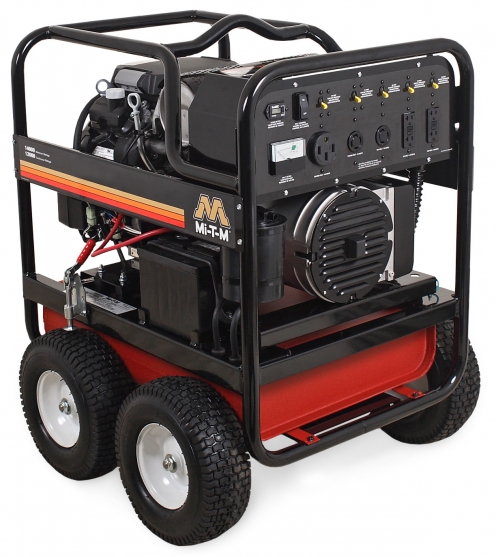

Hoeper called the IAV "the best off-the-shelf equipment available in the world in this class", though many in the Army openly wondered whether the vehicles were underclassed compared to the vehicles they might face in battle.


The General Accounting Office rejected the protest in April 2001. United Defense protested the contract award in December, saying their proposal cost less than half that of General Motors–General Dynamics. Nearly a year and a half behind schedule, the General Motors–General Dynamics team was awarded the $8 billion contract in November 2000 to produce 2,131 vehicles of a variant of the Canadian LAV III for equipping six rapid deployment Brigade Combat Teams by 2008. It was called the "Interim" Armored Vehicle because it was initially supposed to be a temporary measure until light air-mobile vehicles from the Future Combat Systems Manned Ground Vehicles program came online, none of which did before the program was canceled. An early phase of the plan called for the introduction of an 'Interim Armored Vehicle', which was intended to fill the capability gap between heavier and heavily armed, but not easily deployable, vehicles, such as the M2 Bradley, and easily deployable vehicles that are lightly armed and protected, such as the Humvee. The plan, named "Objective Force", would have the army adopt a flexible doctrine that would allow it to deploy quickly, and be equipped for a variety of operations. Army Chief of Staff, outlined a transformation plan for the army that would allow it to adapt to post- Cold War conditions. In October 1999, General Eric Shinseki, then U.S.


 0 kommentar(er)
0 kommentar(er)
